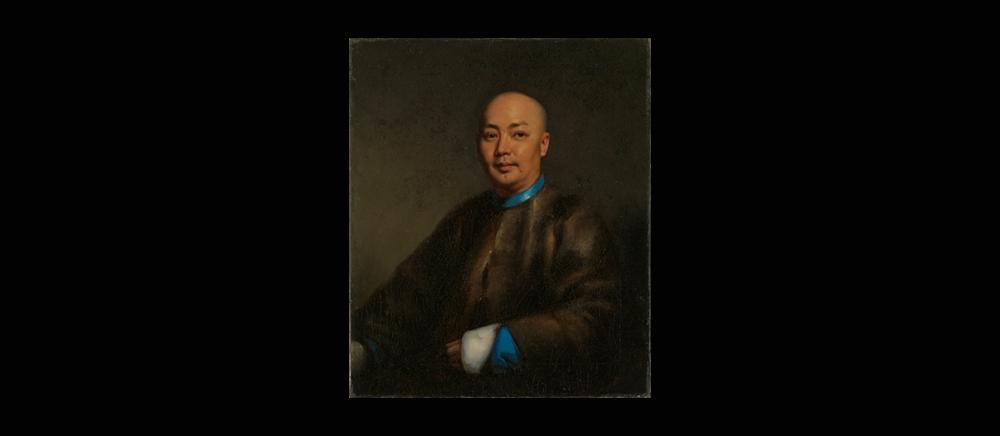Until You See the Original Again: Lam Qua, Chinese Export Artist

The Chinese painter known to Europeans as “Lam Qua” was one of the most well-documented artisans working in the port of Guangzhou in the early 19th century. A practitioner of studio portraiture who painted many Europeans and Americans in oil on canvas, he has been portrayed variously as a mere servant to the British painter George Chinnery, a cool operator of an international port market, or a precocious appropriator of European artistic techniques and styles.
While very little historical Chinese records have been found to clarify Lam Qua’s biography, he left a fascinating corpus of paintings—including both originals and copies—for us to examine. What can we learn about Lam Qua from his work? Was he an early exemplar of modern art in China, or a mere copyist of European pictures? And how does learning about Lam Qua’s stature alter, in turn, how we might see his work?
People
Winnie Wong
Winnie Wong is a historian of modern and contemporary art and visual culture, with a special interest in fakes, forgeries, frauds, copies, counterfeits, and other non-art challenges to authorship and originality. Her research is based in the southern Chinese cities of Hong Kong, Guangzhou and Shenzhen, and her writing engages with Chinese and Western aesthetics, anthropology, intellectual property law, and popular culture. She is the author of Van Gogh on Demand: China and the Readymade (University of Chicago Press, 2014), which was awarded the Joseph Levenson Book Prize in 2015. Her articles have appeared in positions: asia critiques, the Journal of Visual Culture, Yishu: Journal of Contemporary Chinese Art, and she has written for Omagiu, Third Text Asia, and Artforum. Winnie was a Senior Fellow at Dartmouth College, and received her SMArchS and PhD in History, Theory and Criticism from MIT. She was elected a Junior Fellow of the Harvard Society of Fellows. She is currently associate professor of Rhetoric and History of Art at the University of California, Berkeley.

